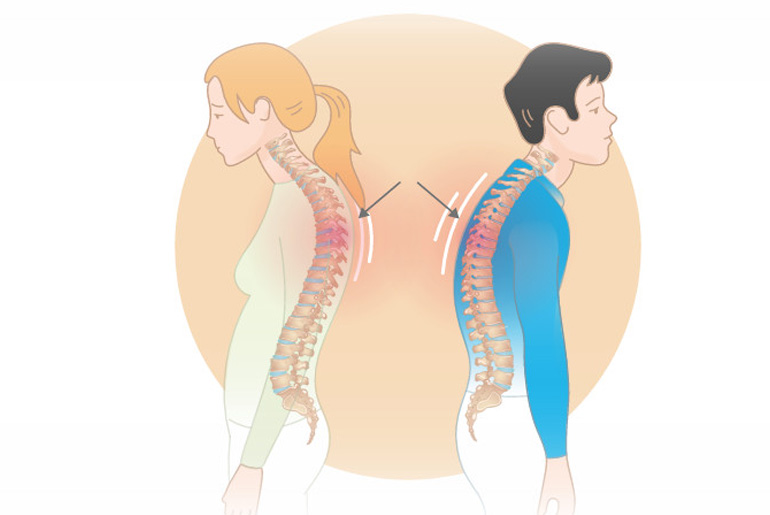“Text neck syndrome,” also known as “tech neck,” is a term used to describe neck pain and damage resulting from prolonged periods of looking down at electronic devices like smartphones, tablets, or laptops. Dr. Shrikant Dalal, a Spine Specialist at Ruby Hall Clinic in Pune, emphasizes the importance of understanding the causes of text neck and how to prevent it to maintain spinal health.
The human spine functions optimally when in a neutral position. However, constant bending of the neck due to the use of digital devices places significant strain on the cervical spine, leading to postural imbalances, muscle strain, and, in severe cases, structural damage.
The increasing prevalence of tech neck is attributed to the widespread use of digital devices in our daily lives. Extended screen time, combined with poor ergonomic practices and lack of postural awareness, contributes to the development and worsening of tech neck.
To prevent text neck, Dr. Shrikant Dalal recommends the following tips:
1. Maintain Proper Posture: Ensure that your screen is at eye level to avoid slouching or hunching over while using electronic devices.
2. Take Regular Breaks: Incorporate short breaks during extended screen time to stretch and relax your neck and shoulder muscles.
3. Ergonomic Workstations: Invest in ergonomic furniture and accessories, such as adjustable chairs and standing desks, to promote a neutral spine position.
4. Strengthen Neck Muscles: Engage in regular exercises that strengthen the neck and upper back muscles to improve posture and provide better spine support.
5. Mindful Device Usage: Hold your devices at eye level, reduce the frequency and duration of use, especially during leisure hours, to prevent the development of text neck.
6. Good Diet: Proper hydration and a protein-rich diet are important for maintaining a healthy spine.
7. Proper Exercise: Engage in daily activities like brisk walking, underwater walking, or swimming to build a healthy spine.
By adopting these preventive measures, individuals can significantly reduce the risk of developing tech neck and its associated complications, ensuring a healthier and more resilient spine. As we mark World Spine Day, it’s important to strike a balance between our digital lifestyles and spinal health. Awareness and conscious efforts can play a significant role in preserving the well-being of our spine in the digital age.
Disclaimer:
The information contained in this article is for educational and informational purposes only and is not intended as a health advice. We would ask you to consult a qualified professional or medical expert to gain additional knowledge before you choose to consume any product or perform any exercise.








